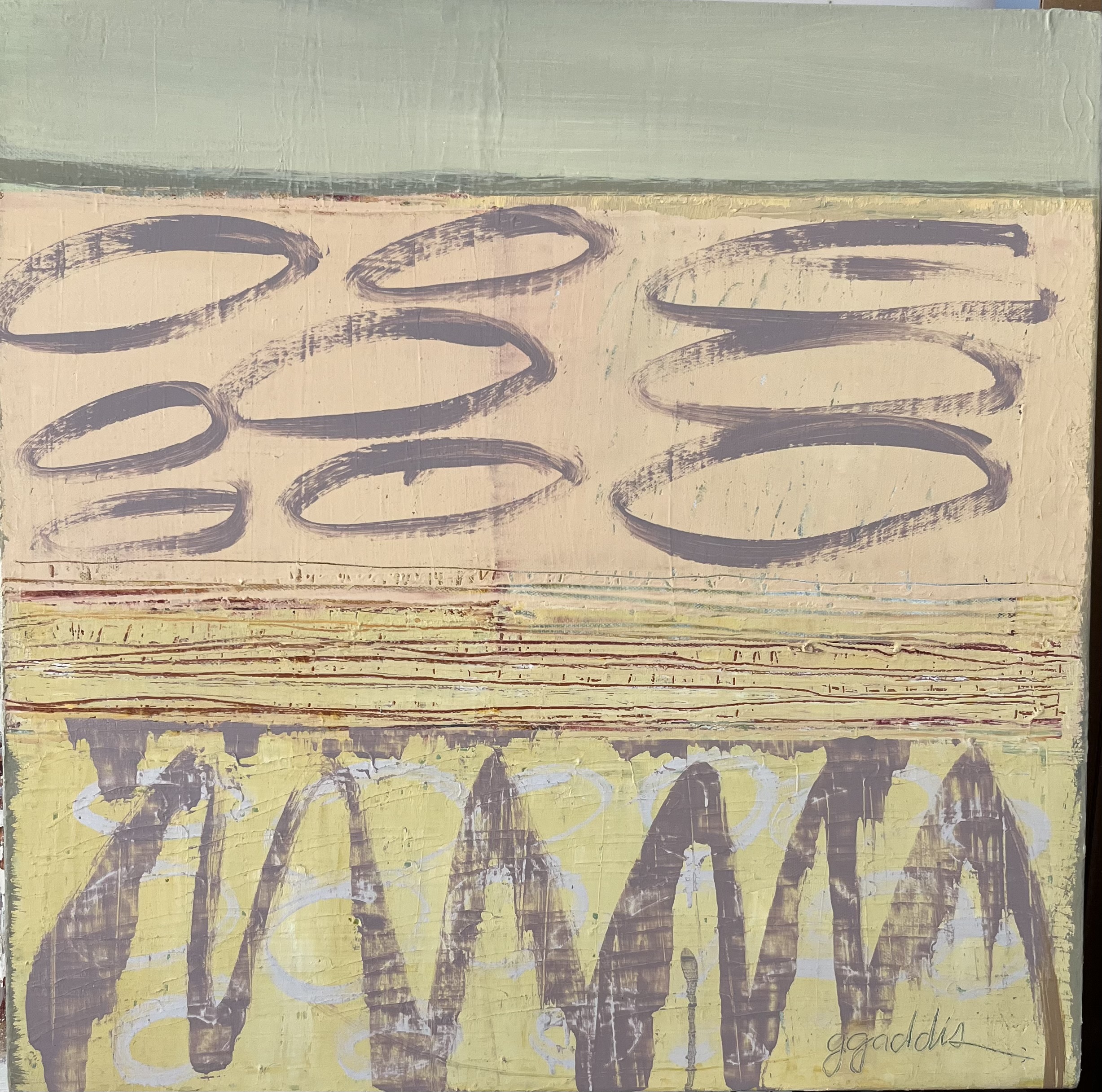We recently connected with Gloria Gaddis and have shared our conversation below.
Gloria, thanks for taking the time to share your stories with us today When did you first know you wanted to pursue a creative/artistic path professionally?



Gloria, love having you share your insights with us. Before we ask you more questions, maybe you can take a moment to introduce yourself to our readers who might have missed our earlier conversations?
I have always been an artist. In grade school I would be selected to do the posters for events. In high school, I was on the newspaper ( cartoonist) and painter for the stage settings. My artwork was selected for the High School Best 100 in the city wide competition. In college I pursued my degree in art education.
I taught junior high art after graduation, plus adult education classes in the evenings at the YWCA.
In the past, I worked for an art gallery; an art publisher; and an art magazine. During these years, I married, raised a family
and traveled a lot. Each chapter kept me passionate and involved in the art world. But I knew I wanted to create art as a professional painter.
So, I returned to college when I was 50 to get my MFA in drawing and painting; plus, a degree in adult education. Then we moved to AZ and I finally became a full-time artist and had gallery representation. I was also a part-time instructor at SCC when we first moved here.
I love being in the studio and creating art.
What’s the most rewarding aspect of being a creative in your experience?
Painting is a way of extending my vocabulary beyond words to the realm of the imagination. These paintings are my words. They develop from my personal experiences, travels, culture and perspectives from the past and present. Whether they are figurative or non-objective, they are about discovering a connection and creating new interpretations.
My images reflect a very active creative process: gestural, tactile and continually changing until it feels spontaneous and yet balanced. This active process of painting allows me to take risks and remain flexible. I have no way of predicting the final look of each piece. It’s more like a dance, a give and take that creates a rhythm of many parts that fit into the whole of the work. I usually have at least 3 paintings going on at once in the studio. They are like chapters in a book and they talk to one another.
It’s about mark making and searching for relationships. It’s about harmony and balance and a universal essence of something intangible. Artwork should offer the viewer some mystery and reaction. It’s a combination of the head (cognitive), the hand (behavioral or skill) and the heart (affective domain) all working together.
So how do I know when a painting is done? When all the parts are working together; when I am empty and it is full. When one more move or one more color will change the entire meaning of the work.
In the end, we all return to what we know and in the process we may see something new in ourselves (or our times or culture). This is how it is with my work. There are elements of surprise, transitions of color and space; and struggles between chaos and calm. These are the ambiguities of life and painting is a process of becoming.
Robert Motherwell (artist) once said: “One’s art is one’s effort to wed oneself to the universe.”
Kandinsky (artist) described color as “vibrations of the soul”.
Einstein described the world as “vibrating wavelengths of energy”.
Abstraction is my language and my meaning. It’s about change, it’s about time and it’s about place.


Is there something you think non-creatives will struggle to understand about your journey as a creative?
Sometimes I feel like an athlete. When I get into the studio, I usually do some warm-ups. Some little paintings to warm up my mind and my hands. Sometimes, I feel like a musician who has to practice, practice, practice in order to create a beautiful piece of music. Sometimes, I feel like a scientist who combines something known with something unknown to create something new. These are all creative endeavors. And the process of creating is the same. It’s about play and practice and movement and discovery. I am constantly learning from each series of paintings, each visit to a museum and each encounter with the world and other people. I do not attempt to represent the outward appearance of something, but rather the inner significance, feeling or spirit of place.
“Imagination is more important than knowledge” (Einstein). I think that means being open to new ideas and being aware
of your surroundings and your beliefs in order to go beyond the known and learn something new everyday. The world is changing and yet it remains the same. This is the duality of life.
Contact Info:
- Website: https://www.costellogallery.com/
- Instagram: Costello Gallery


